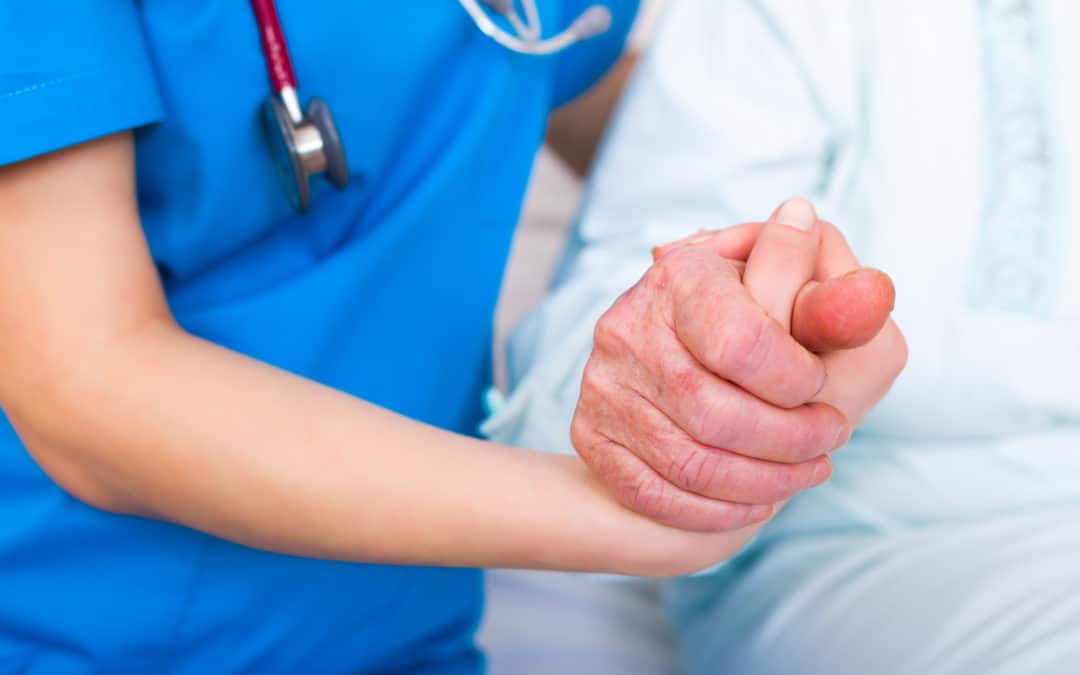If your loved one has recently survived a stroke do not feel helpless. You can help them regain their quality of life and you can also help them to maintain a healthy lifestyle. Having a stoke is life-altering in several ways and a person needs support from loved ones along with a program designed for their rehabilitation.
Stroke patients lose the ability to coordinate their muscles and carry out normal movements like walking, standing alone or even getting out of a chair. It is critical that stroke patients become active and stay active, when their medical team has authorized it. According to Madeline R. Vann, MPH and Pat F. Bass III, MD, MPH, of Everyday Health “exercise is very important for stroke recovery and for preventing another stroke.”. The Stroke Association of the United Kingdom has said that “Just 30 minutes of moderate activity five days a week can reduce your risk of stroke by over 25%.”. Many stroke patients remain more disabled after their stroke, in part due to a lack of exercise and activity during and after rehabilitation.
The Canadian Heart and Stroke Foundation lists 9 keys to successful exercise programs after having a stroke, including exercising with others. This concept of exercising with others is key to one aspect of Moterum’s mission. By making our devices connected to both healthcare provider’s as well as social networks of the users’ choosing, the stroke survivor using, for example, our iStrideTM device, will be able to be encouraged and connected to family, friends, and caregivers through the use of their device. People do better in terms of compliance and amount of exercise when exercising within these types of social networks.
Limitations in one’s ability to walk can affect a survivor’s desire to walk or exercise. Therefore, the more a person can relearn to have control over their gait, the more likely they are to walk and stay active. The Moterum iStrideTM device is designed to help patients relearn a faster, more symmetrical gait, in the comfort of their own home while connected to their family and friends. Our ongoing clinical trials help move us closer towards a commercial device which can be widely deployed. If you or a loved one would be interested in learning more about these clinical trials, click here.
